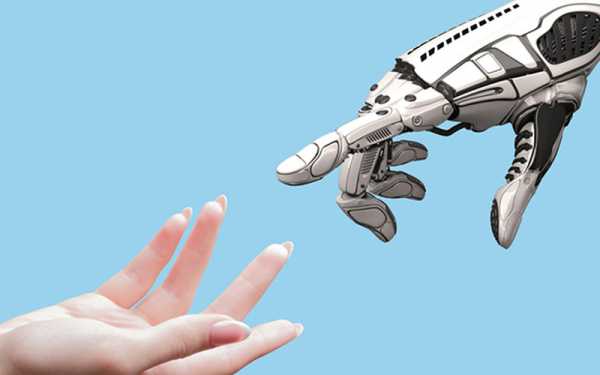By Steve Hanrahan – Business Development Manager- AURES UK
Artificial Intelligence, or AI, is becoming big news across all customer-facing industries. In retail alone, it is predicted that global spending on AI solutions will more than triple between now and 2023, reaching $12bn.
Closely associated with automation and machine-led customer interactions, AI has been pioneered in ecommerce and digital business in general. From chatbots to data analytics, the use of AI in digital commerce has largely been to serve two main purposes – giving customers a more versatile and efficient range of touch points, and helping operators develop smarter, more intelligence-led services.
But while the likes of Amazon, Google and other big-name digital enterprises have been instrumental in developing the first generation of commercial AI solutions, the use of the technology has not been overlooked on-premises, either. With the majority of retail and hospitality businesses now having a presence online, it is natural that the principles behind AI are starting to crossover and be applied across all operational areas.
Point of sale will play a key role in this migration of AI capabilities. As a key hub which already connects front-of-house to back office systems, applying AI solutions at point of sale will help to deliver insights into customer behaviour patterns, service levels, operational efficiency and more with greater depth and speed than ever previously possible. In addition, as self-service POS endpoints become increasingly popular, AI will ensure more and more of the digital experience’s customers favour online are available on premises, boosting convenience and choice.
Personalisation
One of the key ways the advanced analytics options AI affords will impact on POS is increasing opportunities to personalise service. The likes of Amazon have demonstrated how effective machine learning is in automatically adapting everything from product selection to fulfilment preferences based on online customer usage data. In store, AI can be applied in similar ways at point of sale to do things like make cross and up-sell recommendations or target special offers or follow-up services. These might be based on specific data about past customer behaviour, for example for loyalty scheme members, or based on pattern analysis of which products and offers are most commonly upsold with particular item purchases.
At a broader level, AI can also be used to unpick customer expectations to help create better experiences. Through the likes of behavioural and sentiment analysis, businesses can gain a better understanding of what motivates customers and, crucially, what drives sales. In retail, for example, this might be achieved by matching sales patterns to merchandising and store layout, providing intelligence into what does and does not work in terms of influencing a customer to make a purchase. In hospitality, it might be a case of revealing which services have the biggest impact on customer satisfaction, and focusing resources accordingly. In restaurants and catering, it might be used to make recommendations for recipe changes, based on customer requests and dietary requirements fed into the POS.
Self-service
One of the key learning points all retailers, hoteliers, restauranteurs, bar owners and leisure operators can take from digital commerce is that consumers value self-service options. Whether it is looking up information or making a purchase without the intervention of a sales assistant, the internet has inspired a do-it-yourself culture amongst consumers that businesses cannot afford to overlook.
AI bridges the gap between complete customer autonomy and relying on staff to deliver all aspects of service. An online chatbot, for example, helps a customer find answers to their queries quickly and efficiently without having to bother making a phone call or wait for a reply to an email. It preserves their independence while ensuring a faster, more satisfactory resolution than if they were left entirely to their own devices.
In retail outlets, restaurants, leisure destinations, hotels and more, kiosks and customer information terminals loaded with AI-powered software can play a similar role. A touchscreen provided to allow customers to order a meal or look up product alternatives, for example, can simply be loaded with a chatbot application to guide customers through the process. When used for self-service transactions, AI can also be set up to make up- and cross-sell recommendations – with the advantage that a bot will do this consistently, every time.
Further down the line, we are likely to see AI combined with other technologies to make this aspect of guided self-service even more intuitive and convenient. Augmented Reality applications are, for example, already being run on ‘virtual mirrors’ in fashion retail to provide an option for shoppers to sample a wide variety of garments without the bother of getting changed. It is only a small step to imagine a virtual assistant interacting with the customer to ask them about preferred colours, styles etc and making recommendations accordingly.
And we may even get to the stage where AI assistance in store is decoupled from screens. Shoppers of the future may not have to ask a member of staff or head to a self-help terminal to have their queries answered – they may simply be able to ask the smart assistant embedded in every shelf.




